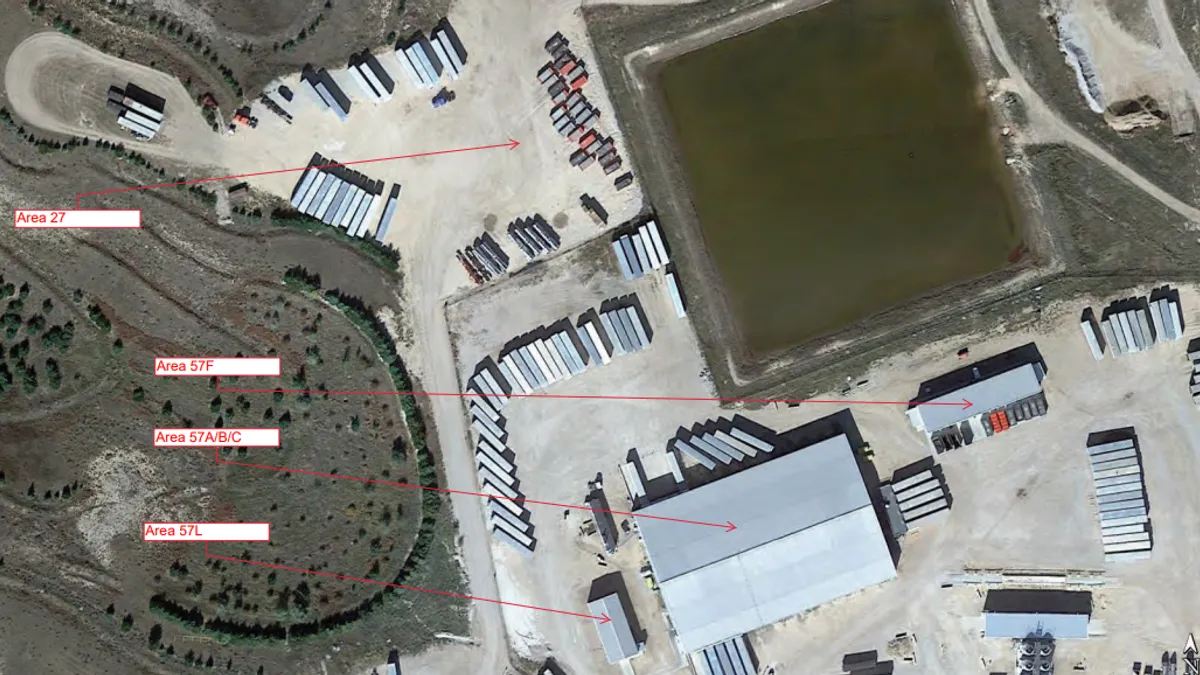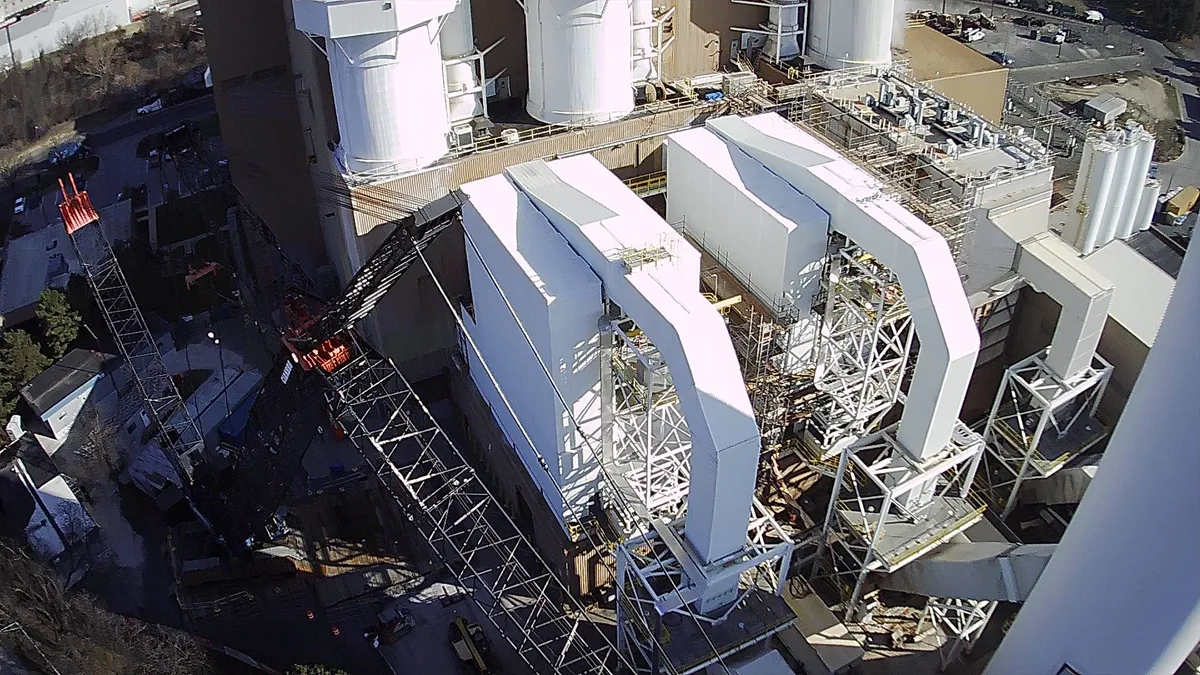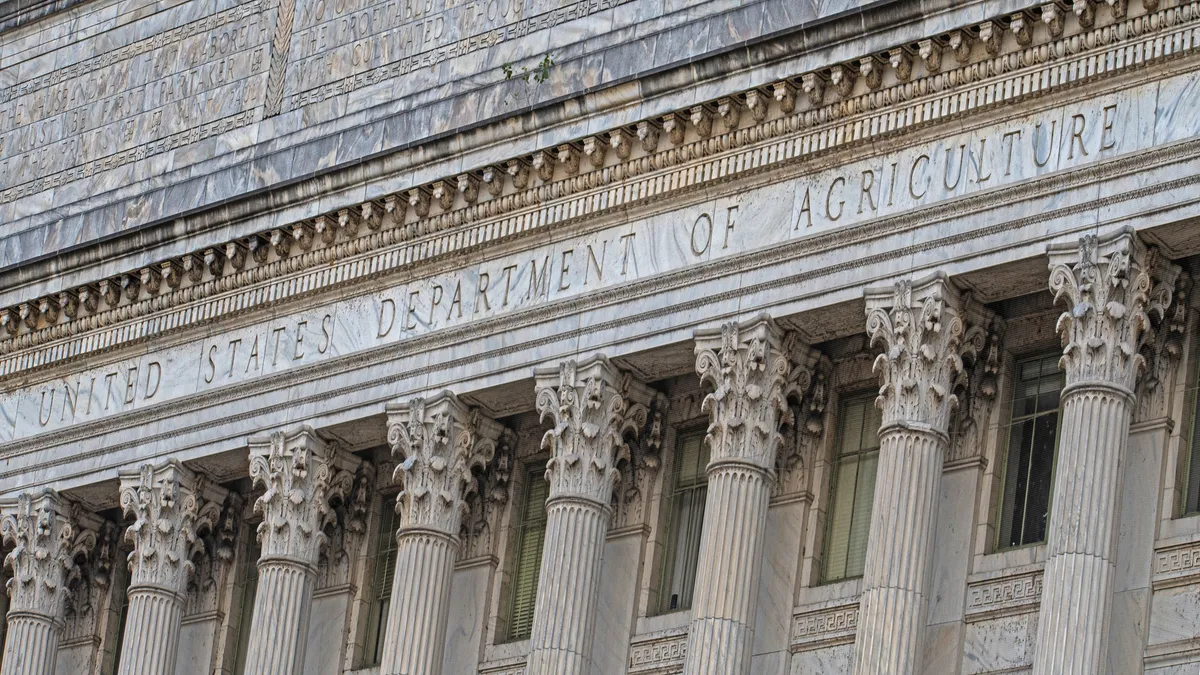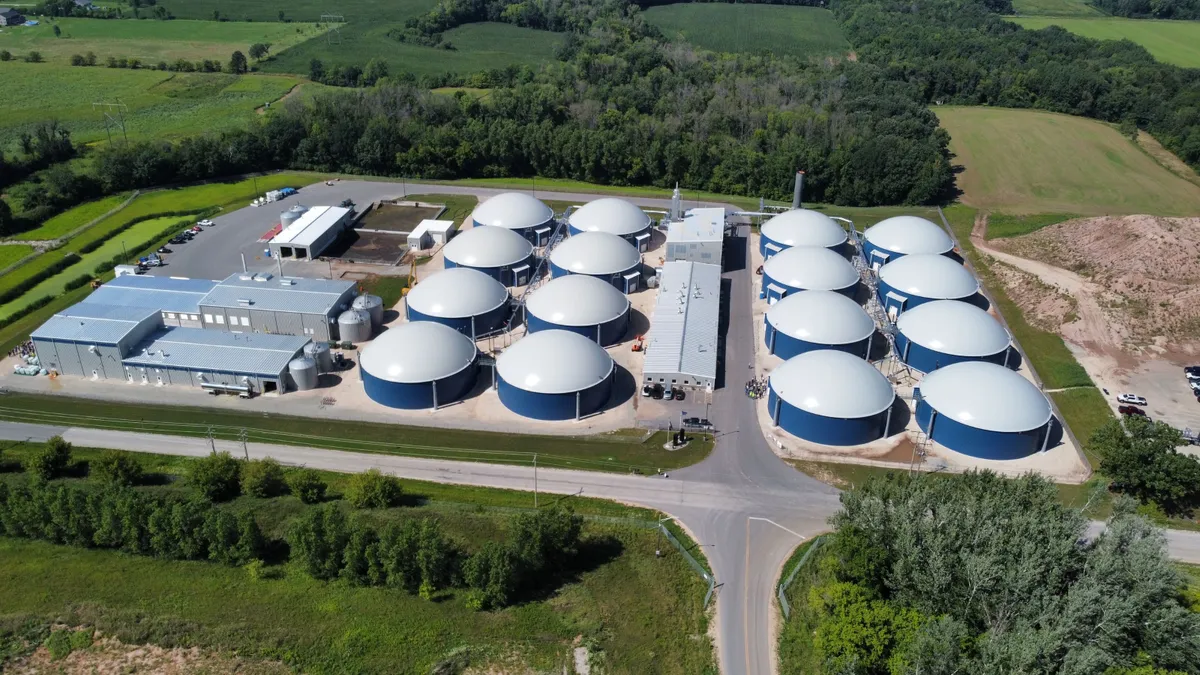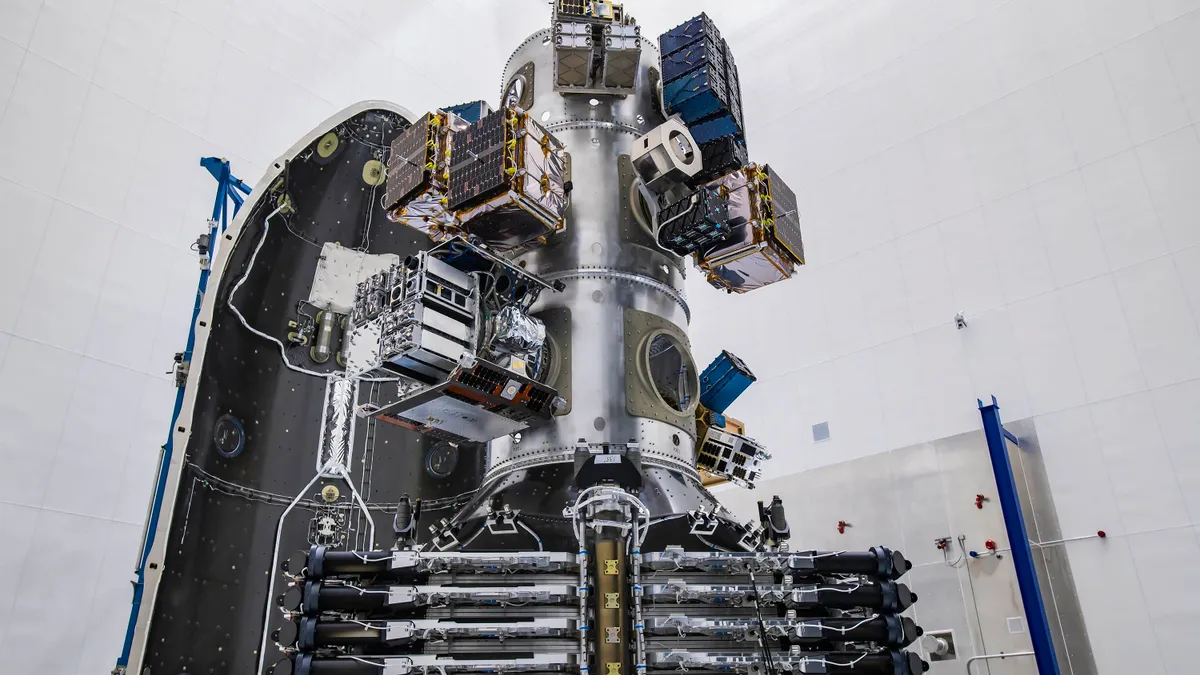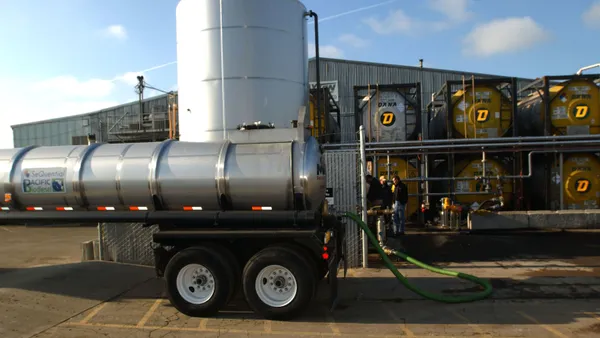Clean Harbors received a $270,412 fine for hazardous waste management violations at its Kimball, Nebraska, incineration plant where it's currently completing an expansion, the U.S. EPA announced in a release Wednesday.
From 2021 to 2023, regulators flagged a series of issues to Clean Harbors, some of which related to a backlog of hazardous material that the company has acknowledged in earnings calls. Wednesday's announcement follows a “lengthy history" of violations of environmental laws like the federal Resource Conservation and Recovery Act, the EPA said. The agency noted that Clean Harbors has since corrected the violations.
“Mismanagement of hazardous waste leads to human exposure and environmental contamination,” David Cozad, director of EPA Region 7’s Enforcement and Compliance Assurance Division, said in a statement. “This penalty action involving one of the largest hazardous waste disposal facilities in the country demonstrates EPA’s commitment to protecting communities and leveling the playing field for companies that comply with the law.”
The operating permit for the Kimball, Nebraska, hazardous waste treatment, storage and disposal facility, or TSDF, was renewed for five years on Sept. 15, 2022. Clean Harbors has operated the plant since it acquired the property from Amoco in 1995, according to a company factsheet.
Clean Harbors Senior Vice President of Investor Relations Jim Buckley acknowledged the fines in an emailed statement, and he said the company addressed violations immediately.
“We take these violations at Kimball seriously. We addressed them with the EPA in a responsible and transparent manner,” Buckley said. “At no time was the Kimball community at risk.”
EPA data shows that the Kimball facility incinerated 35,126.25 tons of hazardous waste in 2021, the most recent year for which data is available. That's by far the most of any Nebraska facility — the next two biggest facilities in the state, both operated by sister company Safety-Kleen Systems, handled 101 tons and 82 tons of hazardous waste. The Kimball facility has a fluidized bed incinerator capable of processing 50,000 tons per year, according to the Scottsbluff Star-Herald.
The facility is in the midst of an expansion, as Clean Harbors has added a new drum warehouse and is in the process of completing an on-site hazardous waste storage warehouse, rotary kiln incinerator and tank farm. The $180 million in improvements is expected to add 70,000 tons of capacity, which Clean Harbors co-CEO Eric Gerstenberg said during the company's most recent earnings call would be "readily absorbed" by the market once it comes online.
On that November call, Clean Harbors also reported a backlog of containerized waste waiting to be incinerated, which kept the price the company charged for incineration lower than expected. The backlog of waste on site in Kimball was also partially responsible for the EPA fines.
Documents published by Nebraska's Department of Energy and Environment provide insight into the alleged violations. From May through September 2023, for instance, hundreds of closely tracked waste containers sat waiting to be shipped off Clean Harbors' property via truck longer than the maximum 10 days, according to a letter from Clean Harbors to state regulators dated Jan. 29. Trucks that had sat there longer than the limit were observed during at least two EPA inspections.
In its letter, Clean Harbors said that the company's transportation network was facing delays "due to increased waste volume across the industry and driver shortages." Those issues caused an increased number of trucks transporting hazardous waste to arrive at the facility, and also caused delays with outbound loads. The company said it expects its rotary kiln incinerator, upon completion, to ease issues with the backlog, but it urged regulators to work with TSDFs to address a national incineration capacity shortage.
The Kimball facility was flagged for other issues as well. An EPA inspection on April 25 uncovered at least one 55-gallon drum of "ignitable, toxic hazardous waste" that appeared to be more than a year old, which is a violation of the facility's permit. The inspector also found several leaking or improperly stored hazardous waste drums and some instances of an unidentified liquid that had leaked onto soil. A prior EPA inspection in 2022 also uncovered issues with the facility’s air emissions control system, which the facility has since corrected.
The EPA's release on Wednesday listed six forms of violations observed at the facility:
- Failure to adequately manage hazardous waste containers
- Failure to minimize releases of hazardous waste to the environment
- Failure to maintain air emission controls
- Failure to maintain and operate a building as tested
- Failure to transmit waste from its facility within required time frames
- Failure to obtain a hazardous waste permit for areas not covered by the facility’s permits
In addition to the incineration and transfer of hazardous waste on site, Clean Harbors also operates an ash monofill on the 640-acre Kimball property. The company anticipates disposing of more drummed hazardous waste in the rotary kiln once it’s operational; construction is expected to finish by the end of this year.



